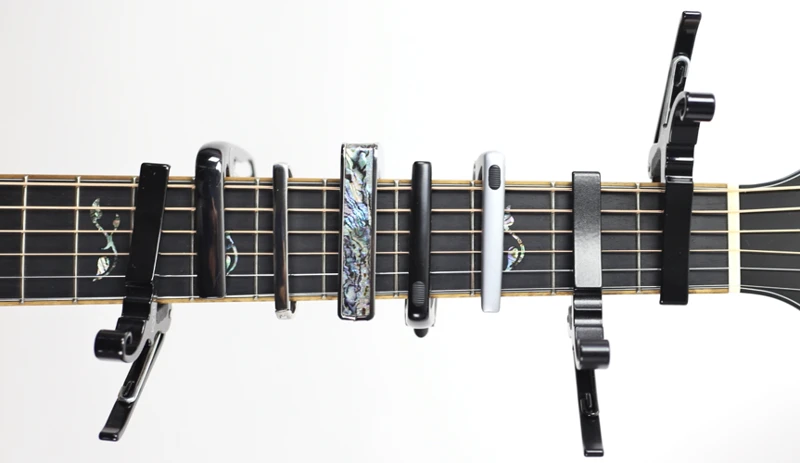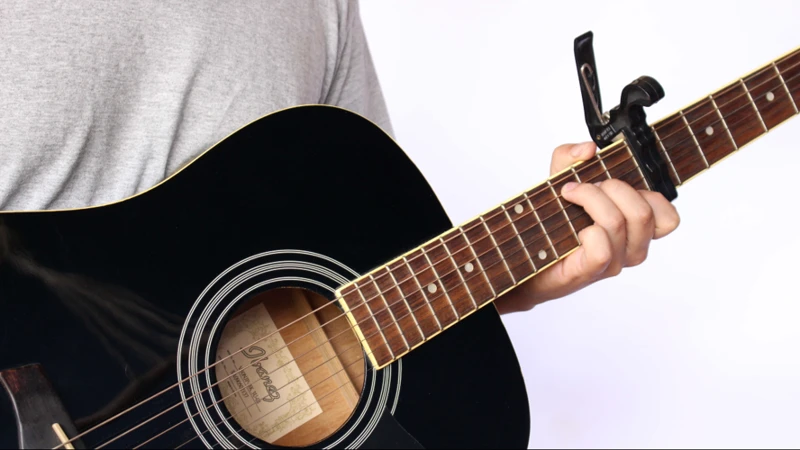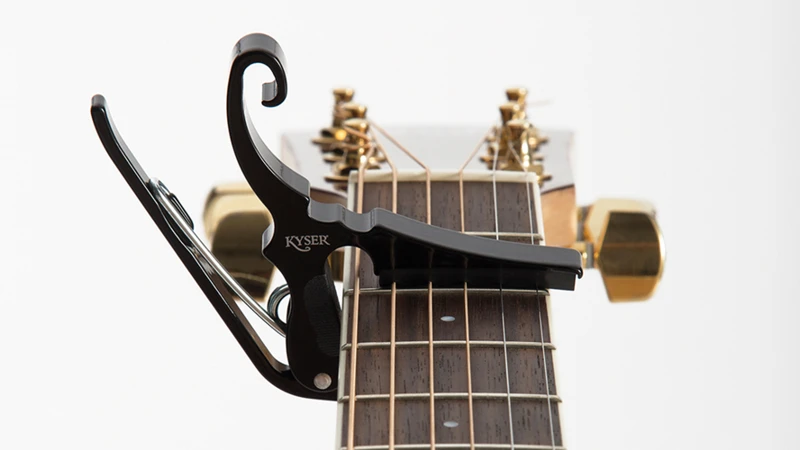When it comes to playing country guitar, two commonly used techniques are using a capo and transposing. Both methods can help guitarists achieve different sounds and make playing certain songs easier. In this article, we will explore the differences between using a capo and transposing for country guitar playing, and when each technique may be more appropriate.
Capos: A Handy Tool for Country Guitarists
Using a capo is a popular technique among guitarists, especially in the country music genre. A capo is a device that clamps onto the neck of the guitar, effectively raising the pitch of all the strings. This allows guitarists to change the key of a song without having to learn new chord shapes.
Advantages of Using a Capo
One of the main advantages of using a capo is that it allows guitarists to play in different keys using the same chord shapes. This can be particularly useful in country music, where songs often feature simple chord progressions that can be easily transposed using a capo.
Another advantage of using a capo is that it can help create a brighter and more resonant sound. By placing the capo closer to the guitar’s body, the strings are shortened, resulting in a crisper tone that is favored in many country songs.
Disadvantages of Using a Capo
While capos are versatile tools, they do have some limitations. One drawback of using a capo is that it can sometimes lead to tuning issues, especially if the capo is not placed correctly or if the guitar is not properly intonated.
Additionally, relying too heavily on a capo can limit a guitarist’s ability to explore different chord voicings and positions on the fretboard. This can hinder a player’s overall growth and understanding of the instrument.
Transposing: A Fundamental Skill for Country Guitarists
Transposing involves changing the key of a song by using different chord shapes or positions on the fretboard. While it may require more effort than simply using a capo, transposing is a valuable skill for any guitarist, including those who specialize in country music.
Advantages of Transposing
One of the main advantages of transposing is that it allows guitarists to play in any key without relying on additional tools like a capo. This can be particularly beneficial when performing with other musicians or when trying to match the key of a song to a singer’s vocal range.
Transposing also encourages guitarists to learn more about music theory and the relationships between different chords. By understanding how chords are constructed and how they relate to each other, guitarists can become more versatile players.
Disadvantages of Transposing
Transposing can be more challenging and time-consuming than using a capo, especially for beginner guitarists. It requires a solid understanding of chord theory and the ability to quickly identify alternative chord shapes in different keys.
Additionally, transposing may not always be practical in certain performance settings where quick key changes are needed. In these situations, using a capo may be a more efficient solution.
Choosing Between Capos and Transposing
When deciding whether to use a capo or transpose a song for country guitar playing, there are a few factors to consider.
Song Complexity
For simple country songs with basic chord progressions, using a capo may be the most straightforward option. It allows guitarists to quickly change keys and play familiar chord shapes without having to relearn the song in a new key.
However, for more complex songs that involve intricate chord voicings and progressions, transposing may be the better choice. Transposing can give guitarists more flexibility in exploring different positions on the fretboard and creating unique sounds.
Tonal Quality
The tonal quality of a song can also influence whether to use a capo or transpose. If a guitarist is looking for a brighter, more resonant sound, using a capo may achieve the desired effect. On the other hand, transposing can offer a richer, fuller sound by utilizing different chord voicings and positions.
Musical Context
Consider the musical context in which the song will be performed. If quick key changes are required or if playing with other musicians, transposing may be the more practical choice. However, if simplicity and ease of play are the main priorities, using a capo can be a convenient solution.
Looking to enhance your country guitar playing? Check out our articles on string skipping vs alternate picking, tuners vs tuning apps for acoustic guitar, open back vs resonator banjo, sliding vs bending techniques in country music, and boost vs overdrive effects for country music to take your skills to the next level!
Conclusion
In conclusion, both capos and transposing are valuable techniques for country guitarists, each offering unique advantages and challenges. Understanding when to use a capo versus when to transpose a song is essential for developing a well-rounded skill set as a guitarist. By mastering both techniques, guitarists can enhance their playing abilities and create dynamic and engaging performances in the realm of country music.




